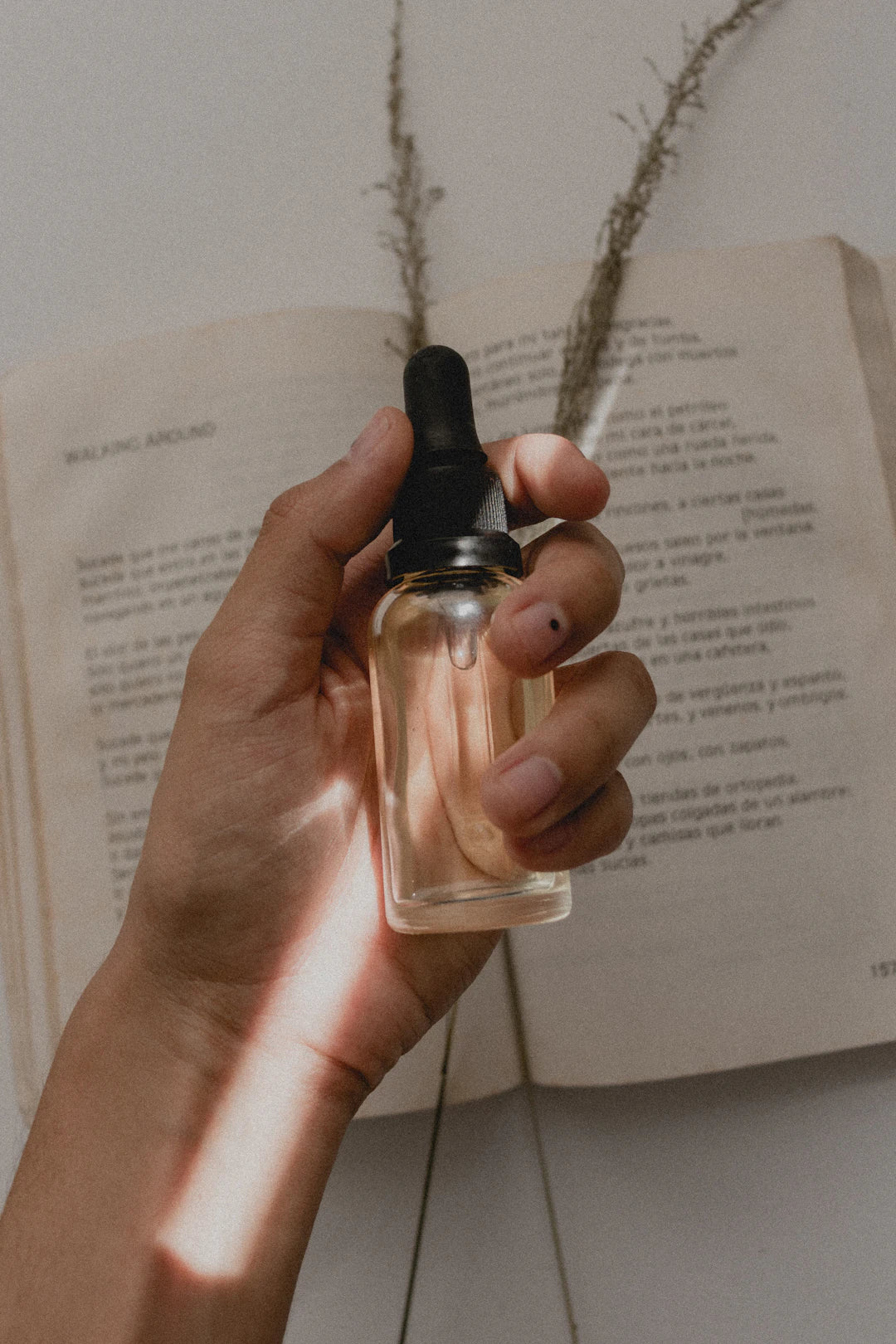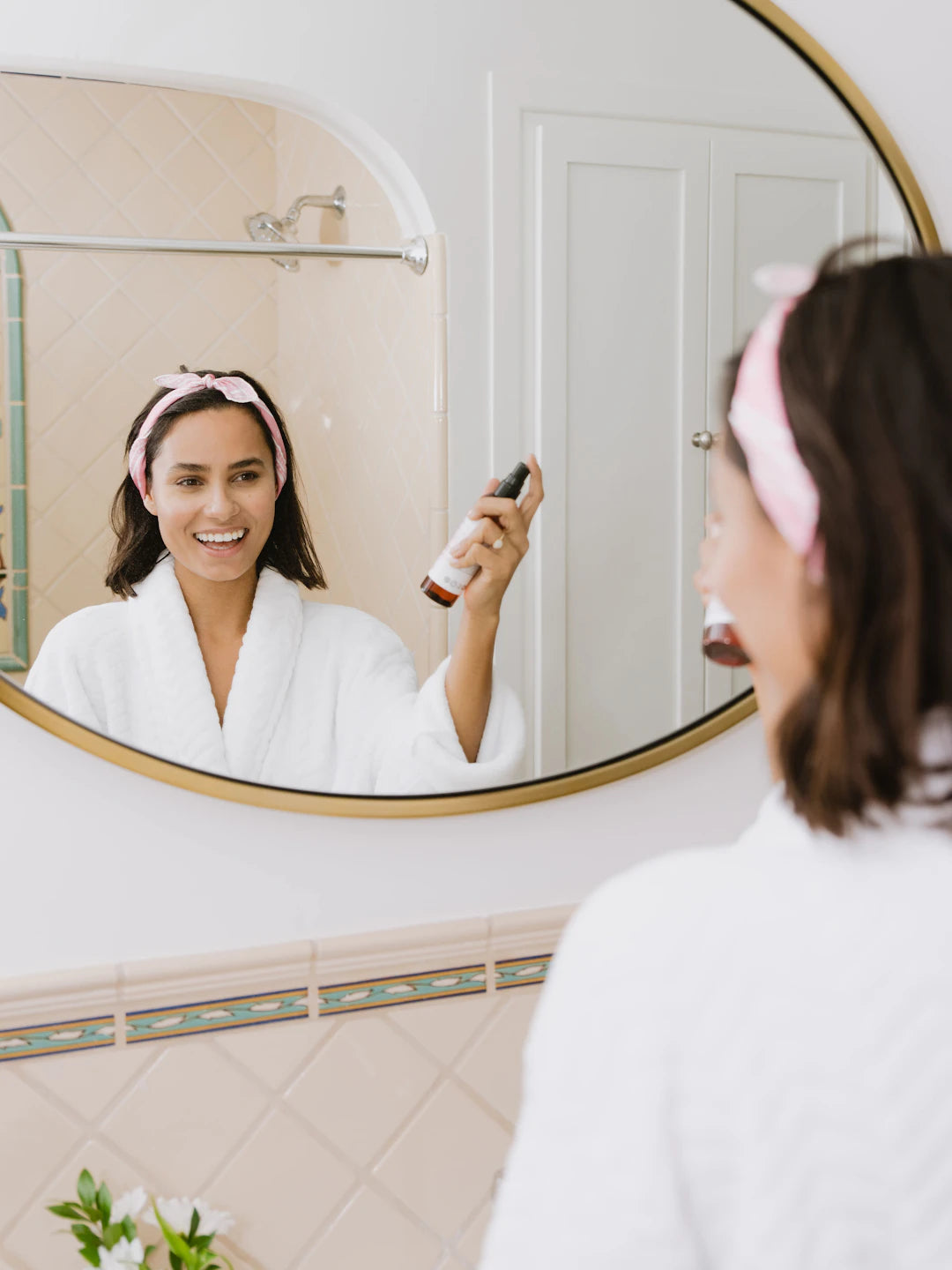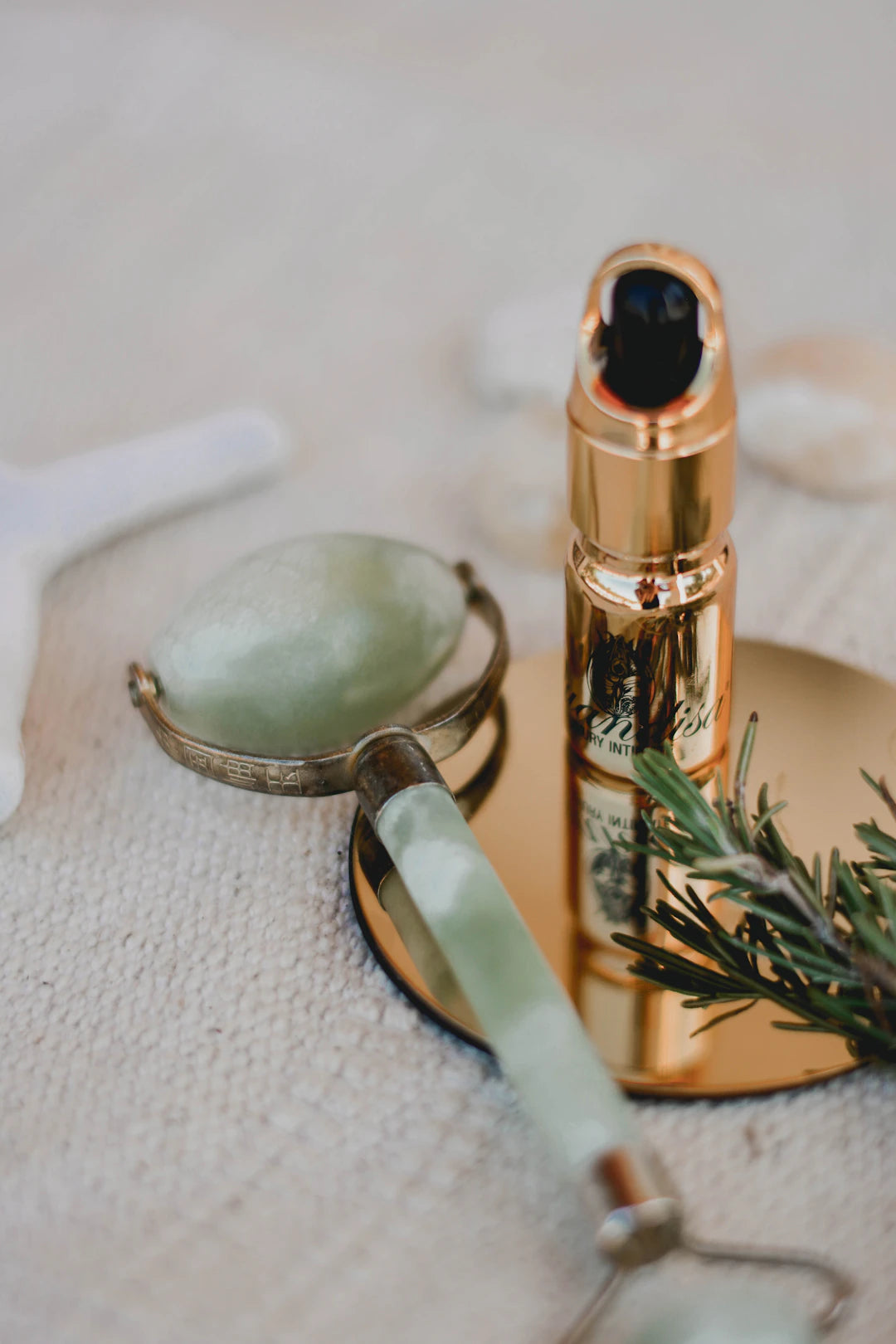The Essential Guide to Exfoliation for Glowing Skin

Frequently Asked Questions
1. What is exfoliation?
2. What are the benefits of exfoliation?
3. What are the types of exfoliation?
4. How often should I exfoliate?
5. What precautions should I take when exfoliating?
When it comes to achieving radiant skin, one step in your skincare routine stands out: exfoliation. This process plays a crucial role in maintaining a healthy complexion and is often overlooked. In this article, we will explore the importance of exfoliation, its benefits, the different types, and how to integrate it into your routine effectively.
What is Exfoliation?
Exfoliation is the process of removing dead skin cells from the surface of your skin. This process helps reveal newer, healthier skin underneath. Regularly exfoliating your skin can lead to a smoother texture, enhanced glow, and improved overall health. Many skincare enthusiasts incorporate products like "The Everything Oil" into their routine, which can support skin rejuvenation when used in tandem with proper exfoliation techniques.
The Benefits of Exfoliation
Understanding the various advantages of exfoliation can encourage you to prioritize this essential step in your skincare routine. Here are some key benefits:
Enhanced Skin Texture
One major benefit of exfoliation is the immediate improvement in skin texture. By sloughing away dead cells, you can achieve a smoother surface. This is especially beneficial for individuals who struggle with rough patches or dull skin.
Improved Absorption of Products
When dead skin cells are removed, your skin becomes more receptive to products. Whether you apply serums, moisturizers, or oils like "The Everything Oil", freshly exfoliated skin can absorb ingredients far better than a surface layered with dead cells. This ensures your skincare staples work more effectively.
Reduced Appearance of Fine Lines
Regular exfoliation can promote cell turnover, which is essential in reducing signs of aging. This is key for those seeking skin tightening effects, as smoother skin can make fine lines and wrinkles less noticeable.
Even Skin Tone
Exfoliation can also help to fade dark spots or pigmentation over time. By encouraging the growth of new skin, you can combat uneven skin tone and achieve a more balanced complexion.
Minimized Pore Appearance
Exfoliating regularly can help keep pores clear of debris and excess oil. This can minimize their appearance and make your skin look fresher and more youthful.
Types of Exfoliation
Not all exfoliating methods are created equal. There are two main types of exfoliation: physical and chemical. Understanding the difference can help you select the best option for your skin type and concerns.
Physical Exfoliation
Physical exfoliation involves manually scrubbing away dead skin cells using a tool or product, such as a scrub or a brush. These products often contain granular particles or textures that help to buff the skin. While the immediate results can be satisfying, moderation is key—over-exfoliation can lead to irritation and damage.
Chemical Exfoliation
Chemical exfoliation uses acids or enzymes to dissolve dead skin cells. Popular chemical exfoliants include alpha hydroxy acids (AHAs) and beta hydroxy acids (BHAs). These can be gentler on the skin because they don't require manual scrubbing, making them a preferred choice for sensitive skin types.
Integrating Exfoliation into Your Skincare Routine
Once you understand the importance of exfoliation, integrating it into your skincare routine becomes essential. Here’s how to do it safely and effectively:
Choose the Right Exfoliant
Select an exfoliant based on your skin type. For example, those with oily skin may benefit more from chemical exfoliants like salicylic acid, while those with dry skin may prefer AHAs. Look for non-irritating formulations that suit your skin’s needs.
Frequency of Exfoliation
The frequency of exfoliation depends on your skin type and the method you choose. For most people, 1-3 times a week is ideal. If you're using strong chemical exfoliants, start with once a week to assess your skin's tolerance.
Follow with Hydration
After exfoliating, your skin can feel a bit raw. It’s crucial to follow up with a good moisturizer or oil—like "The Everything Oil"—to hydrate and nourish the newly exposed skin. This will help lock in moisture and protect your skin barrier.
Precautions When Exfoliating
While exfoliation has numerous benefits, it’s important to take some precautions to avoid damaging your skin:
Avoid Over-Exfoliation
Exfoliating too often can lead to irritation, redness, and even increased oil production. Stick to your frequency plan and listen to your skin’s signals.
Be Gentle
Whether you’re using a mechanical scrub or a chemical exfoliant, gentle application is key. Avoid aggressive scrubbing or leaving products on for too long, as this can worsen your skin condition.
Protect Your Skin
After exfoliation, your skin is more sensitive to sunlight. Always wear sunscreen to protect your skin from UV rays and prevent further damage.
Exfoliation Myths Debunked
As with any skincare topic, myths can cloud understanding. Let's dispel some common misconceptions:
Myth: Exfoliation Is Only for Oily Skin
While those with oily skin may see the most immediate benefits, everyone can benefit from exfoliation, including those with dry or sensitive skin. The key is choosing the correct type and frequency.
Myth: Exfoliation Equals Scrubbing
Exfoliation does not have to involve scrubbing. Many effective chemical exfoliants work without the need for physical abrasion. Finding the right method for your skin type can yield great results with less irritation.
Myth: You Should Feel a Burn
Many people believe a strong tingling or burning sensation means the product is working. However, this can lead to sensitized skin. Light tingling can be normal, but avoid anything painful.
The Future of Exfoliation: Clean Beauty Trends
With a growing focus on clean beauty, many consumers are looking for exfoliation products that are free from harmful ingredients and toxins. Brands are now crafting formulas that utilize natural enzymes and minimal additives to provide effective exfoliation without compromising skin health. Keeping an eye on these trends can help you make informed decisions about your skincare routine.
Ready to Embrace Exfoliation for Glowing Skin?
Exfoliation is not just a step in your skincare routine; it’s a game-changer for achieving healthy, vibrant skin. Whether through physical or chemical methods, removing dead skin cells can elevate your complexion to new heights. Don’t forget to follow your exfoliation session with hydration and protection to maintain that beautiful glow. So why wait? Dive into the world of exfoliation and unlock your skin’s full potential today!


